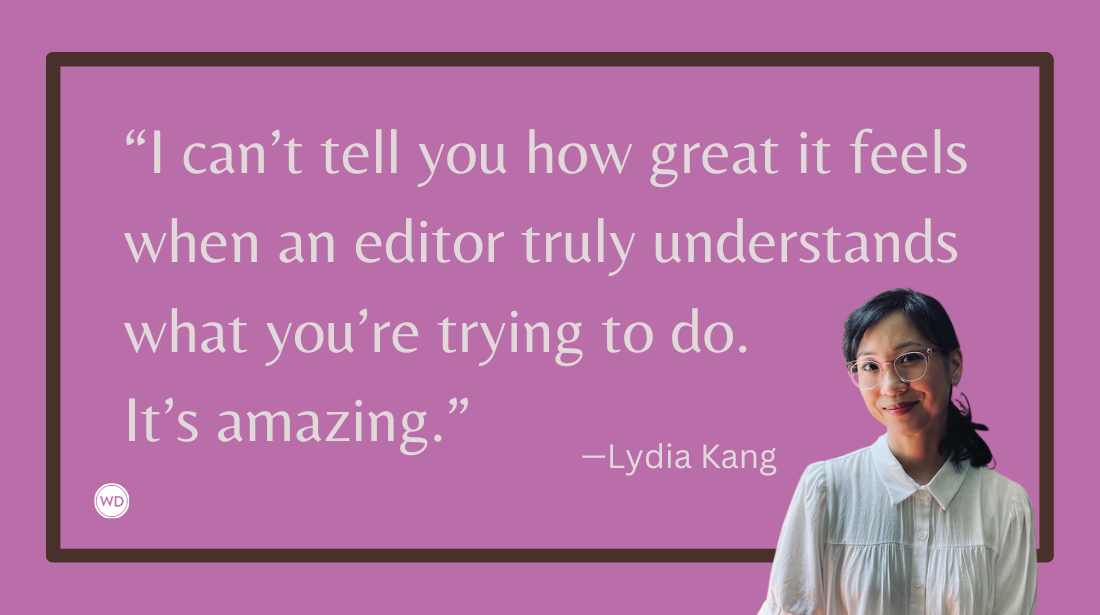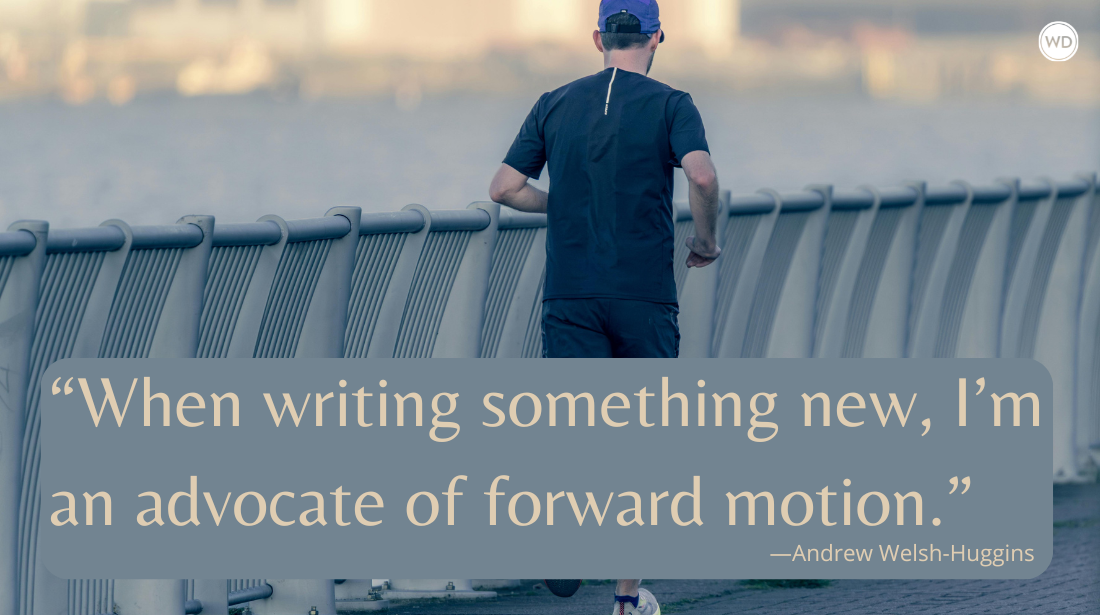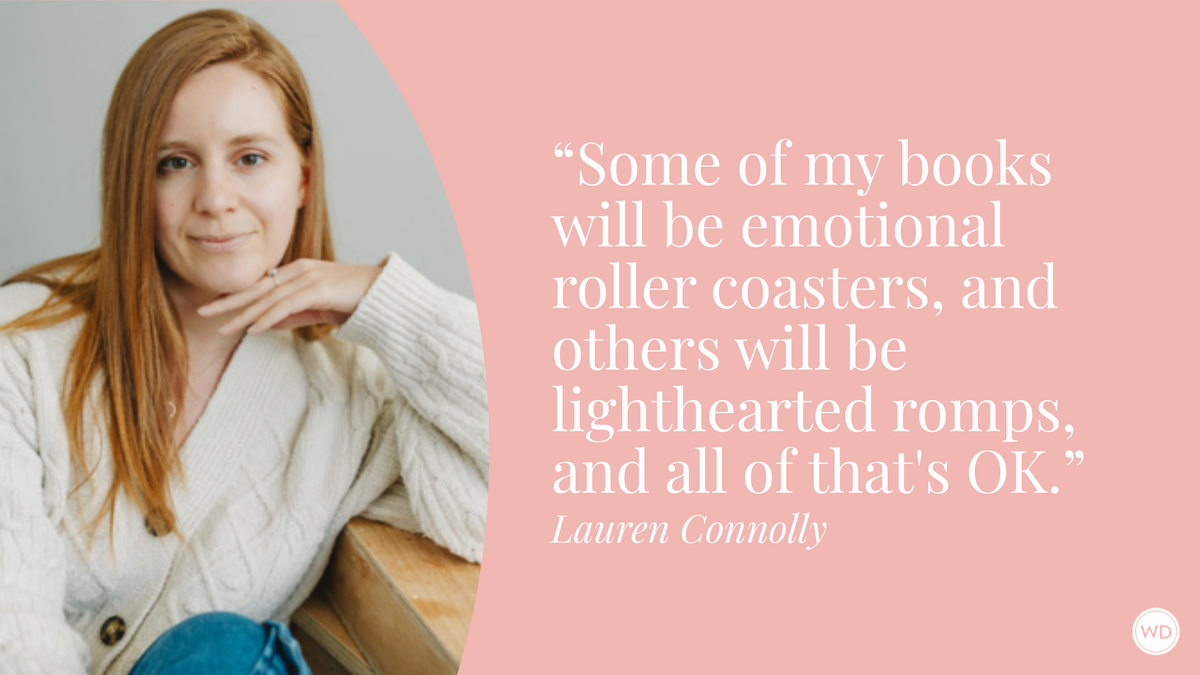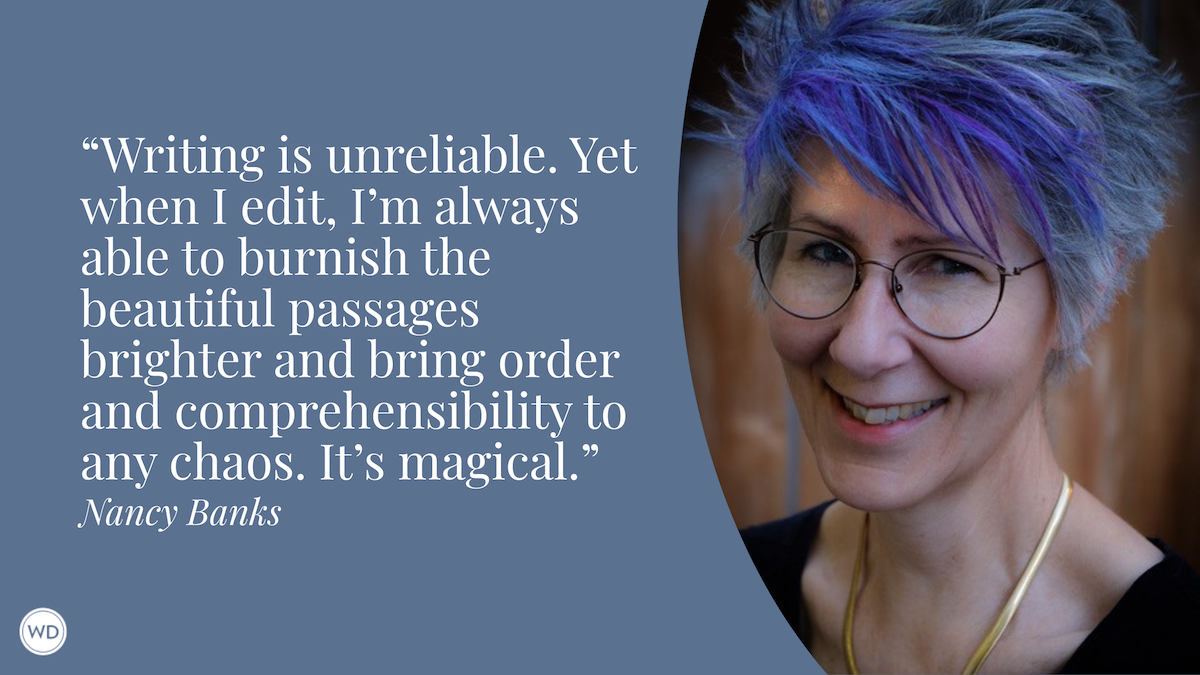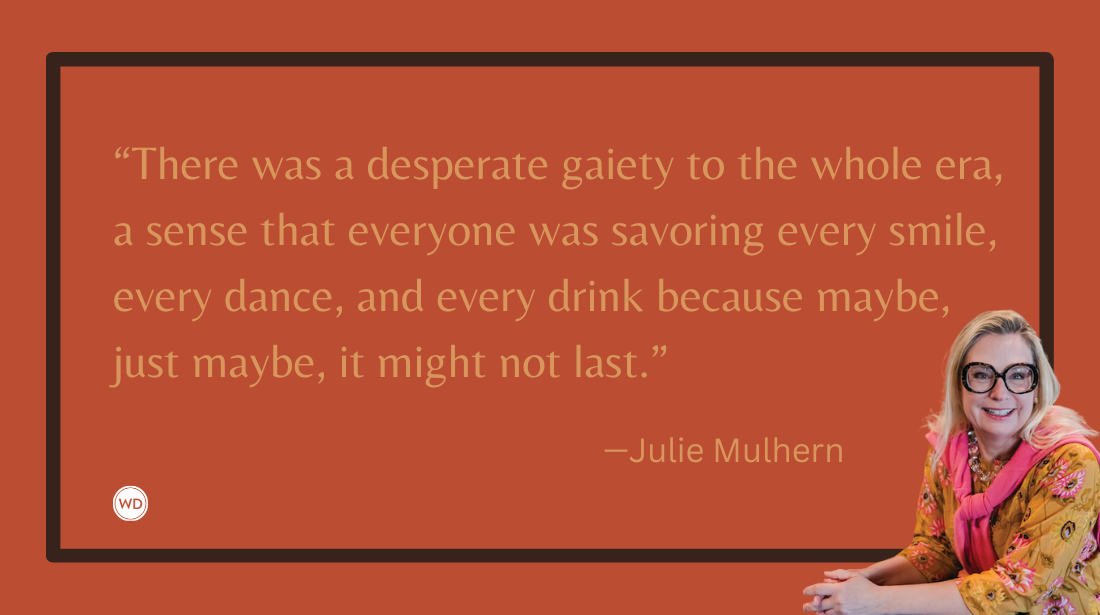5 Thoughts on How to Use Place to Move Your Story Forward
Author Jane Bernstein shares five thoughts on how to use place to move your story forward by showing how setting affects characters and characters affect setting.
Author Jane Bernstein shares five thoughts on how to use place to move your story forward by showing how setting affects characters and characters affect setting.
So much rich material begins and evolves in the place where a story is set, and yet this crucial element of fiction and creative nonfiction is often brushed aside. Writers! Do not think of place as if it were no more than a picture postcard of the Alps. Place is not a static scene. To dismiss the place where your story is set with a throwaway line like, "a typical suburban town," or an "ordinary city street" is to risk throwing away so much potential story.
Take the time to open a few doors in your imagination, to walk the whole of a street, in the day and at night, and you'll soon see a dynamic place, out of which characters and story have evolved. Through your artistry, wherever your story is set will be anything but boring.
Have an amazing story idea, but need to learn the basics of how to write a book? Creating a story that is dynamic and engaging takes a lot more than just setting aside an hour every day to write.
This workshop will take you through all of the basics of writing a novel including how important it is to choose a great setting, how to build characters, what point of view you should choose, how to write great dialogue, and more!
#1: We are all shaped by place and so are our characters.
Let's say Amy was born into a religious family in a small town in Western Pennsylvania, once known as the zipper capital of the world. After that industry left, nothing replaced it. But Amy chooses to stay because her whole family is there, and she loves the small-town values. Where will she find work? How will she build a life for herself?
Her best friend Teresa can't wait to cast off the restrictions that thwart her in this depressed town, where she sees no opportunities, no chance to shine. The day after high school, she dyes her hair pink, and takes a train to the big city. Because she's so young, she might believe that nothing of her home town sticks to her, but you, the writer, need to question that. Whether we embrace or rebel, place is a powerful element in what forms all of us.
In fiction, backstory comes directly out of our characters' experiences in the particular place or places where they were raised. The present story, shaped by the past, evolves in the place where it's set.
#2: Place is dynamic.
There's a well-known two-part writing exercise that goes something like this:
Describe a place from the point of view of someone who has experienced bad news. Do not mention the bad news.
Then after that's been written:
Describe the same place from the point of view of someone who has experienced good news. Do not mention the good news.
It's a great exercise, which asks the writer to think about the power of point of view and the way it shapes our characters' perception of a particular place.
Suppose Teresa has a rough start when she moves from her small town to the city and can't find a decent job. Her treeless street, with its brick buildings and trash piled at the edge of the sidewalk looks bleak and depressing. Despairing, she sees the litter, the broken, crumbled sidewalk slabs. The rusted the street signs are askew.
Then she gets a good job and goes out with some coworkers for drinks, and readers begin to feel how she's changed by her perceptions of this very same place. Perhaps on that same treeless street, she notices children with colorful backpacks holding hands with their mom on the way to school, and a neighbor, three stories above, watering the geraniums in her window box and calling good morning to our happy protagonist.
#3: Place generates story elements the writer might not have planned.
I did not send Roxanne, the protagonist in The Face Tells the Secret, to Israel because I knew a story was waiting for her. I flew her there, let her walk down the streets of her mother's neighborhood, watched her interact with shopkeepers and caregivers, and in the process experience this complex place where her mother had moved. Story, beyond what I'd planned, began to grow out of her interactions.
Oh, she has family there she's just now meeting. What happens when she introduces herself to them? What is it like for her to have dinner with them the first time? While Roxanne is learning about herself and her history, I am learning more about her.
#4: The tone of your story is often determined by place.
Tone engages your reader, keeps them reading, opens out a particular place, so readers are eager to turn the pages.
When I was in graduate school, the department chair said, "If you want to get a sense of Southern California, read Raymond Chandler. British-born Chandler, father of the hard-boiled detective novel, was also one of the greatest writers of place. Here's a passage from The Little Sister, published in 1949:
It was one of those clear, bright summer mornings we get in the early spring in California before the high fog sets in. The rains are over. The hills are still green and in the valley across the Hollywood hills you can see snow on the high mountains. The fur stores are advertising their annual sales. The call houses that specialize in sixteen-year-old virgins are doing a land-office business. And in Beverly Hills the jacaranda trees are beginning to bloom.
You can see what Sam Spade sees, but wow! – his perception punches right through that gorgeous day.
#5: Place anchors your story.
I often think the task of your point-of-view character is to link arms with readers and show them what to see in the larger world. That character – we'll call him Caleb – says, "Look at this. Come here – now. You know what I think when I see what?"
For us to see what Caleb sees means he needs to share the concrete detail that enables us to travel through his story from beginning to end. Readers need to feel very close to Caleb's experience, to be in his body as he goes to a dance club or takes his surf board into the waves. Readers don't need to know the dimensions of a room, the color of paint on the walls, the placement of every stick of furniture. We need to know what matters to the character reporting them. What does Caleb want us to see? Nor can we see a story that is entirely internal. Anchor us with specific details filtered through his perception.
About Jane Bernstein
Jane Bernstein is the author of The Face Tells the Secret (October 18, 2019; Regal House Press), as well as four additional novels and memoirs and a children’s book she co-wrote with her daughter. Her work has appeared in the New York Time Magazine, O Magazine, Redbook, Family Circle, Creative Nonfiction, The Sun, and many other publications. Jane is the recipient of two National Endowment for the Arts Fellowships and a Fulbright Fellowship and is a member of the Creative Writing Program faculty at Carnegie Mellon University. You can visit her online at janebernstein.net.




